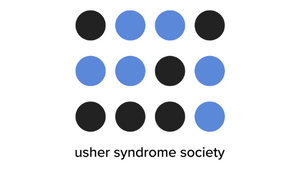Inherited retinal diseases (IRDs) are complex eye conditions caused by genetic mutations that lead to progressive vision loss. Traditionally, researchers have relied on animal models and patient samples, but these methods fall short in replicating human-specific features of retinal diseases. As a result, retinal organoids—laboratory-grown, 3D structures that closely resemble the human retina—are now being used to study IRDs.
Retinal organoids offer a promising alternative because they are derived from human cells, providing a more accurate model for understanding how IRDs develop. These organoids can also be used to test potential treatments in the early research stages, before clinical trials. However, challenges remain, such as the high cost and technical complexity of creating retinal organoids. Additionally, although they mimic key features of the retina, organoids do not fully replicate all aspects of its structure and function. Despite these limitations, retinal organoids are an important tool that could help understand and treat IRDs in the future.
What this means for Usher syndrome: These use cases will help researchers better understand how Usher syndrome affects retinal development and degeneration, leading to new treatments and possibly a cure in the future.







